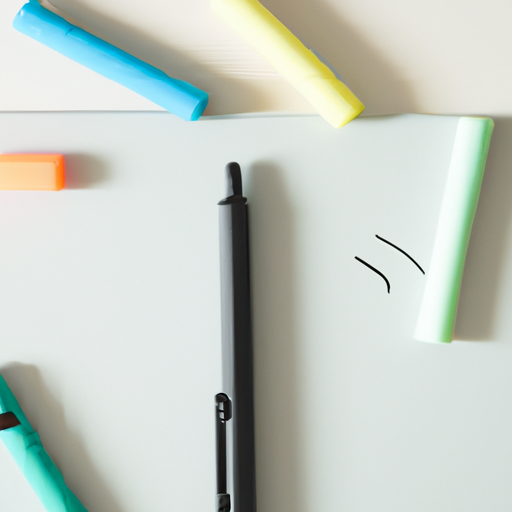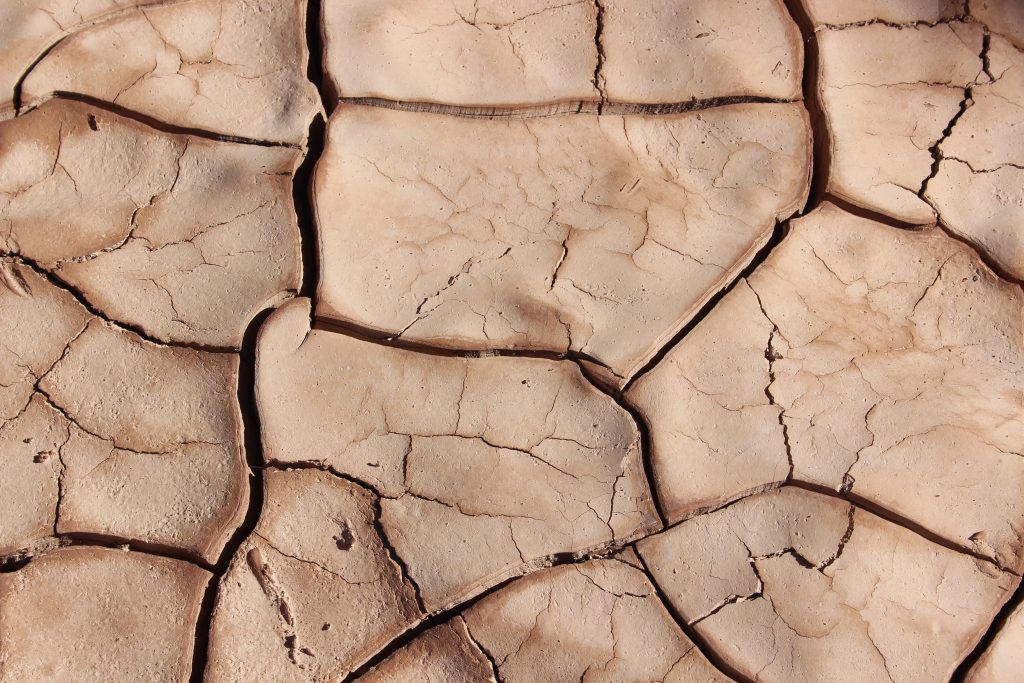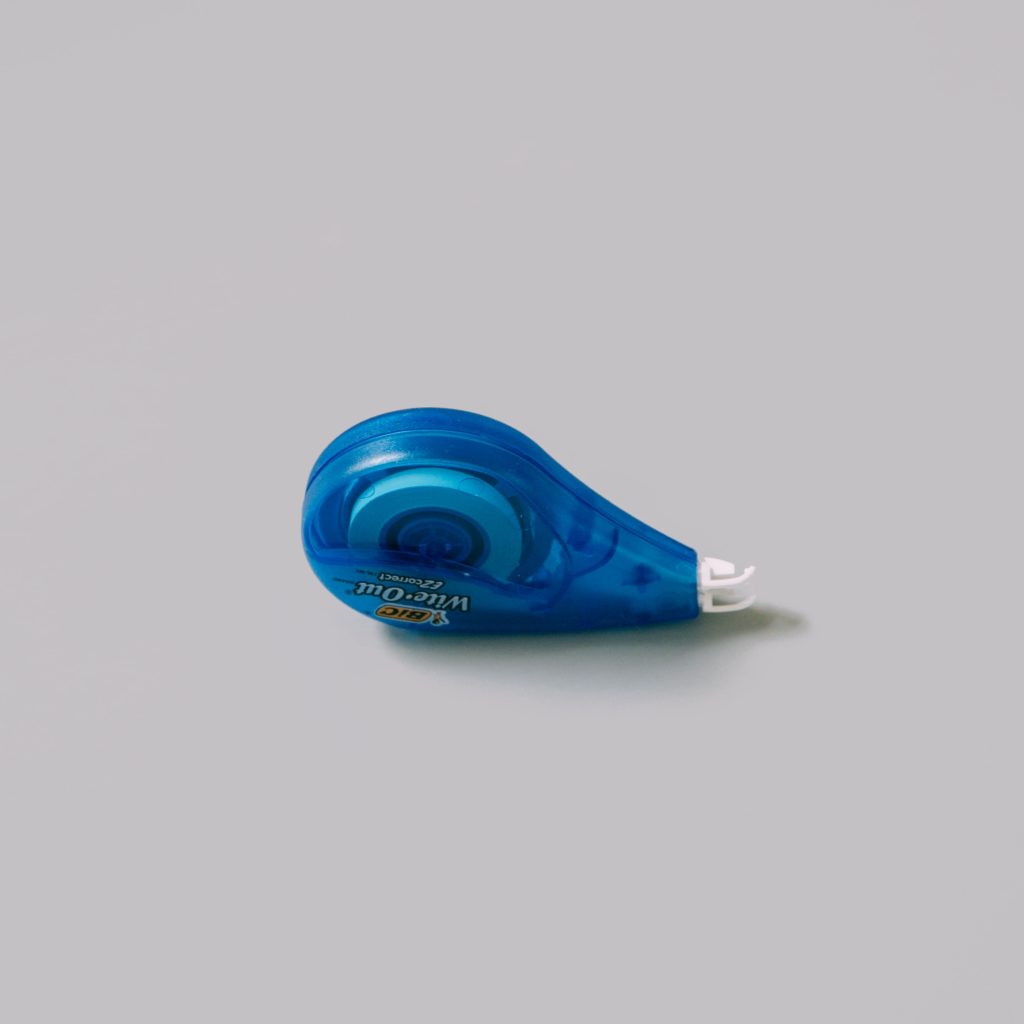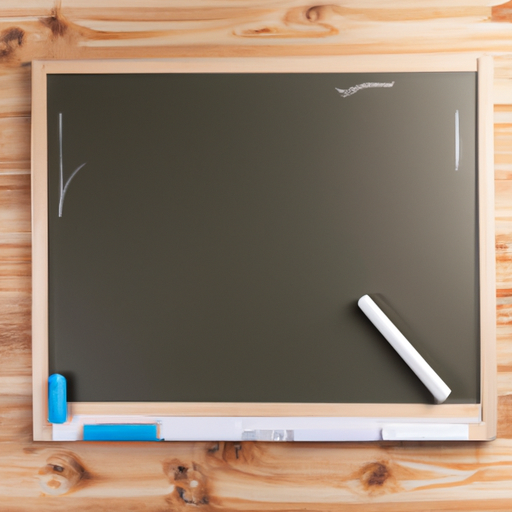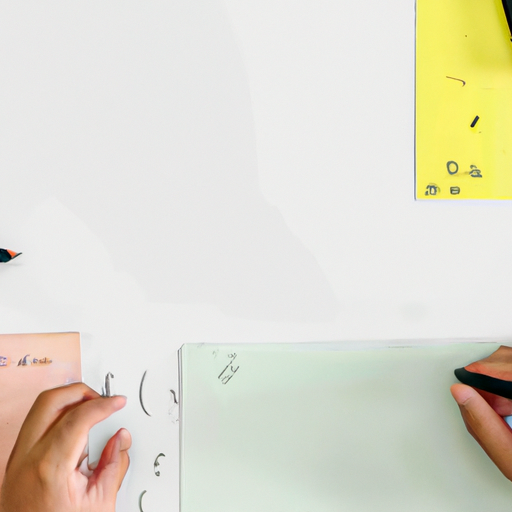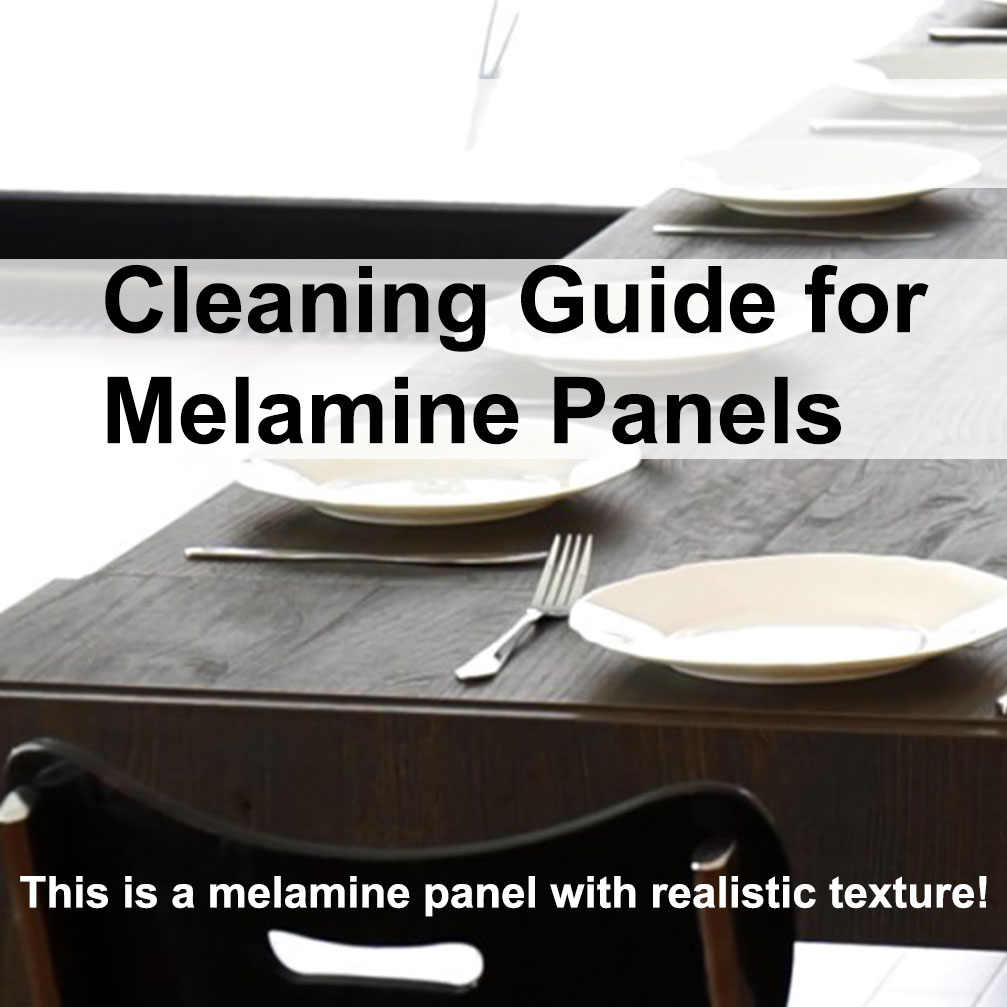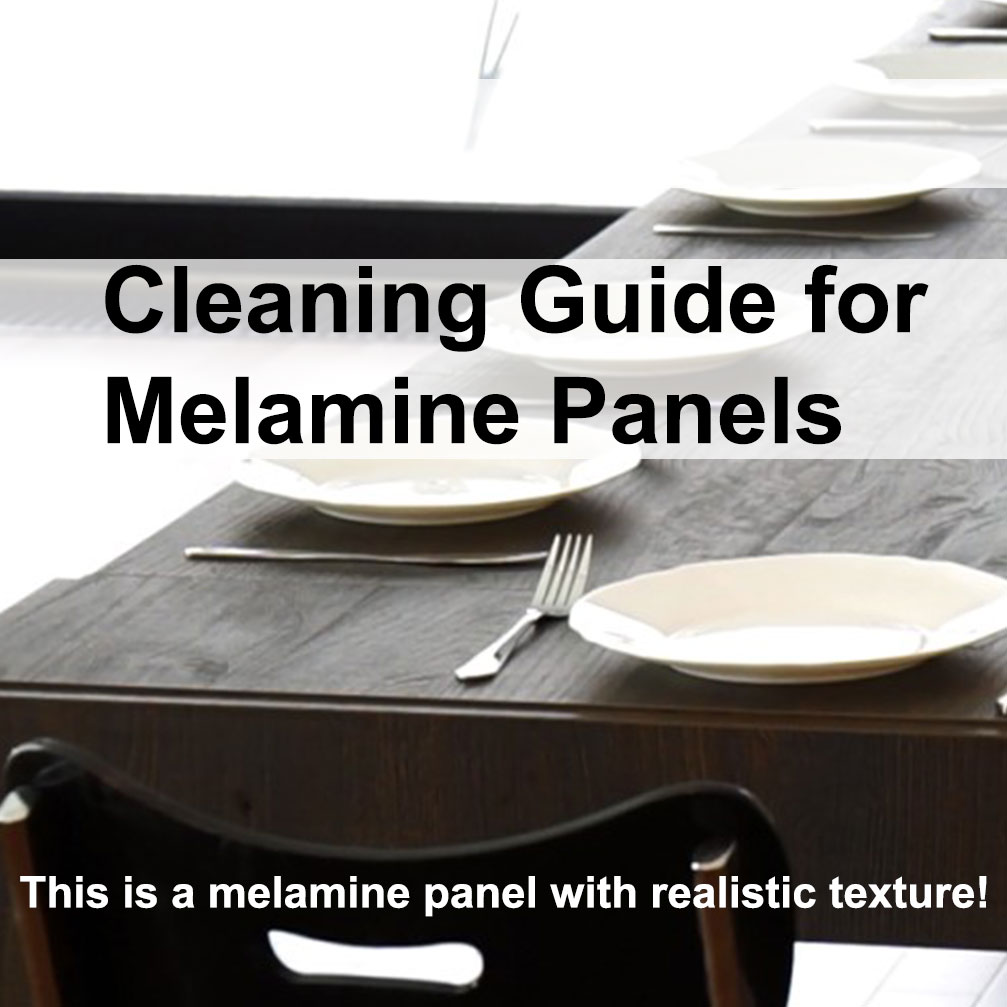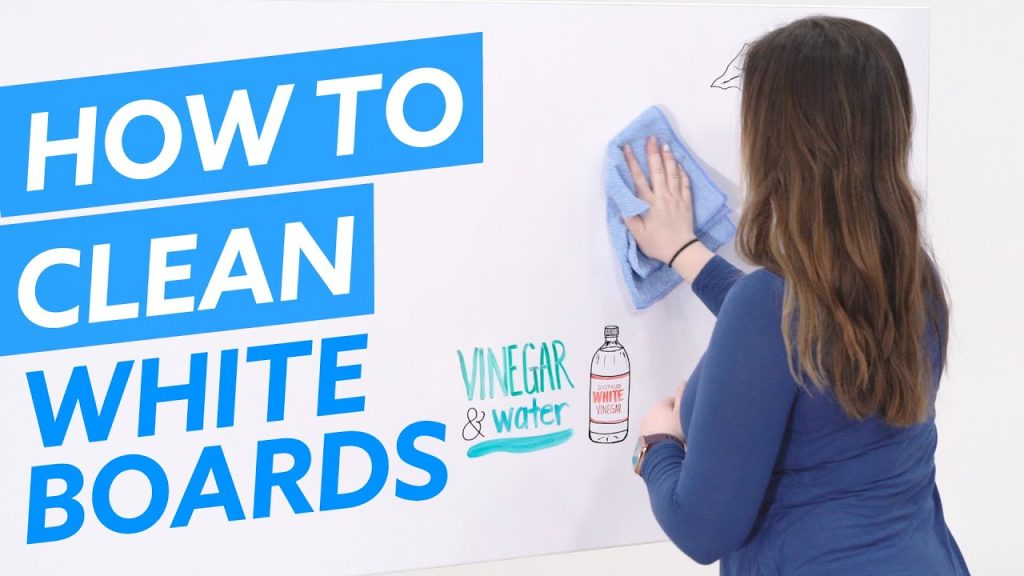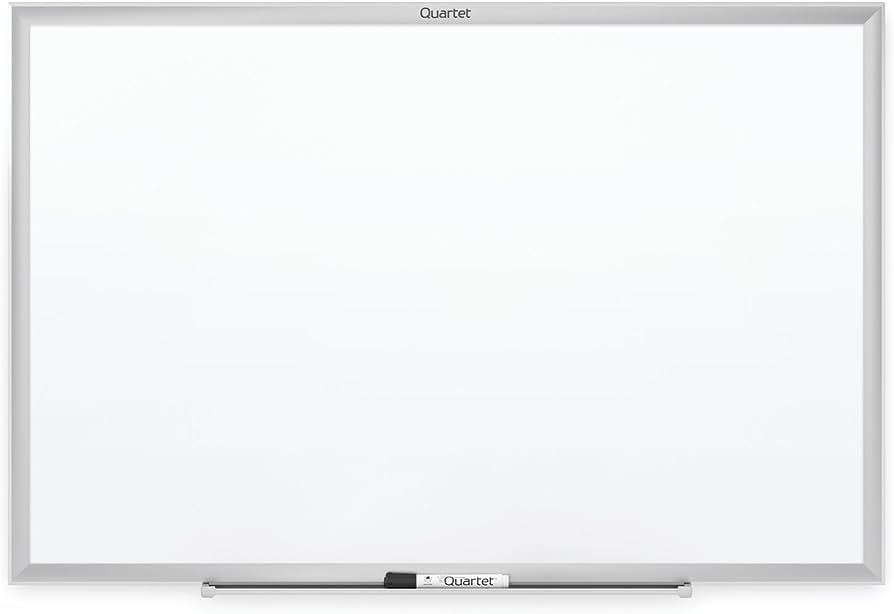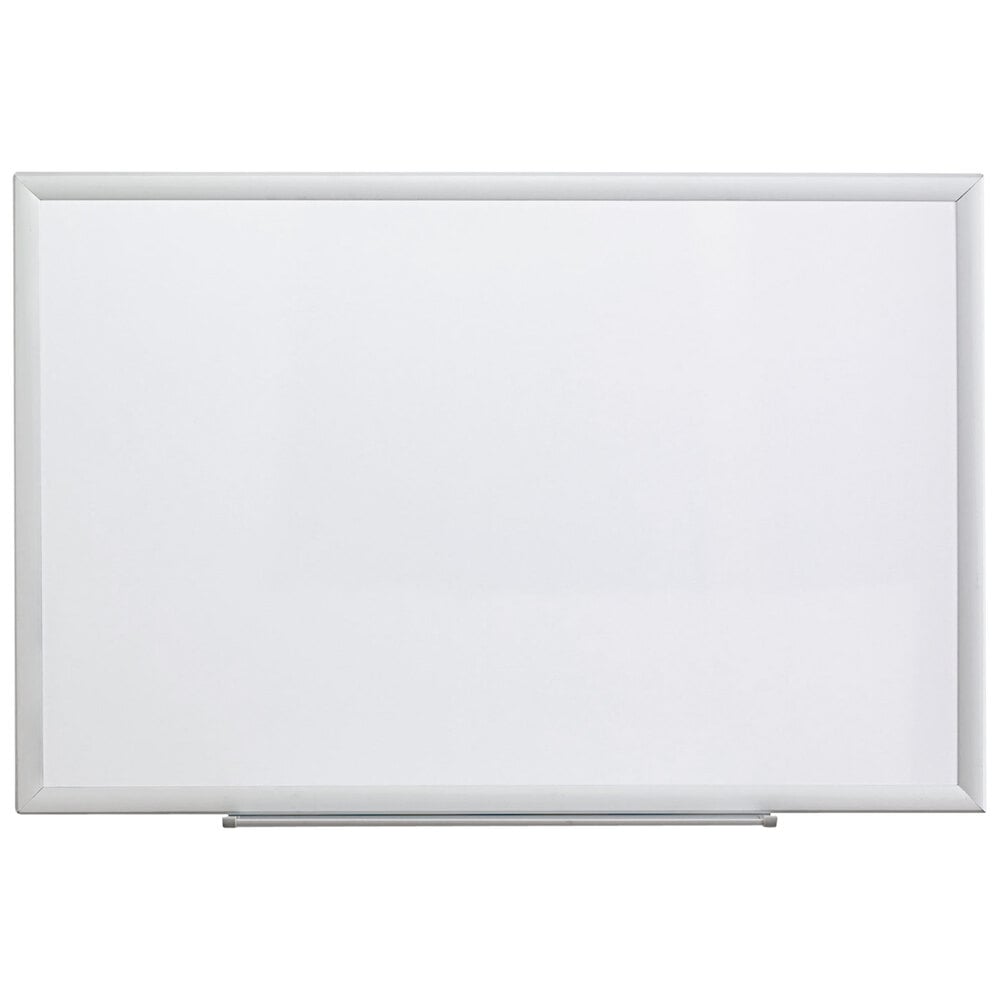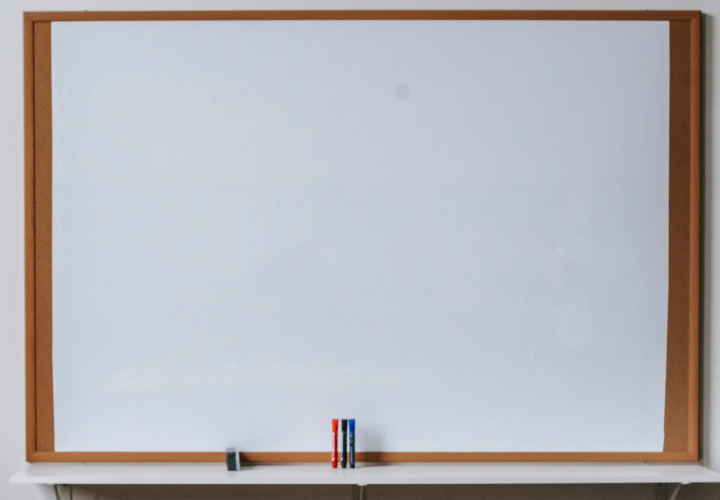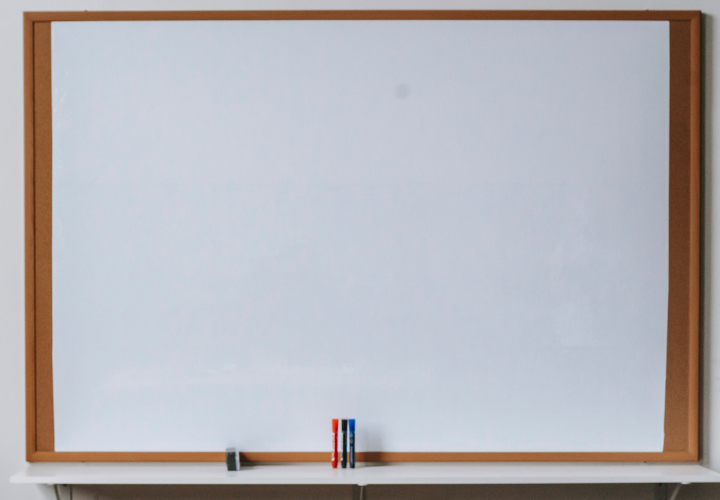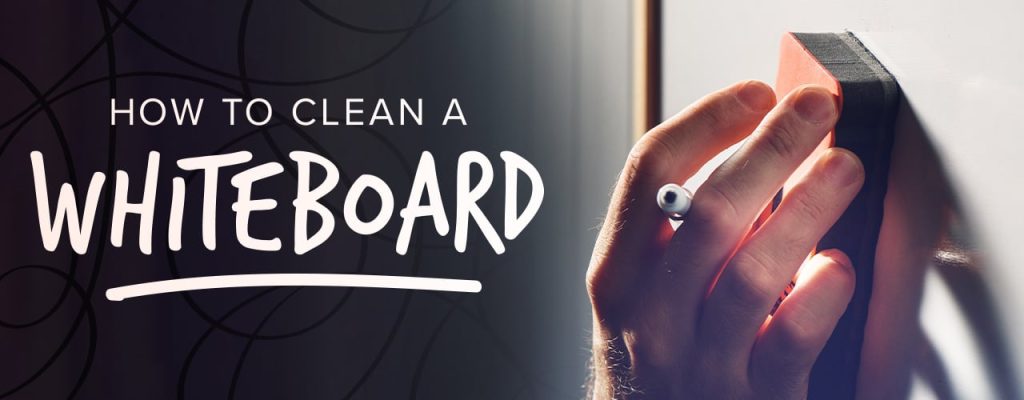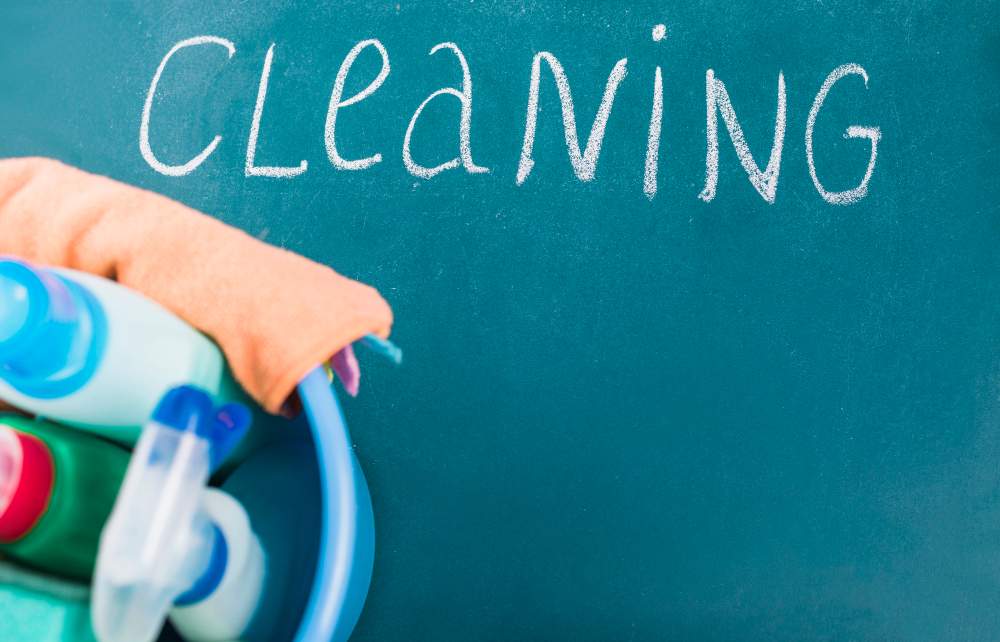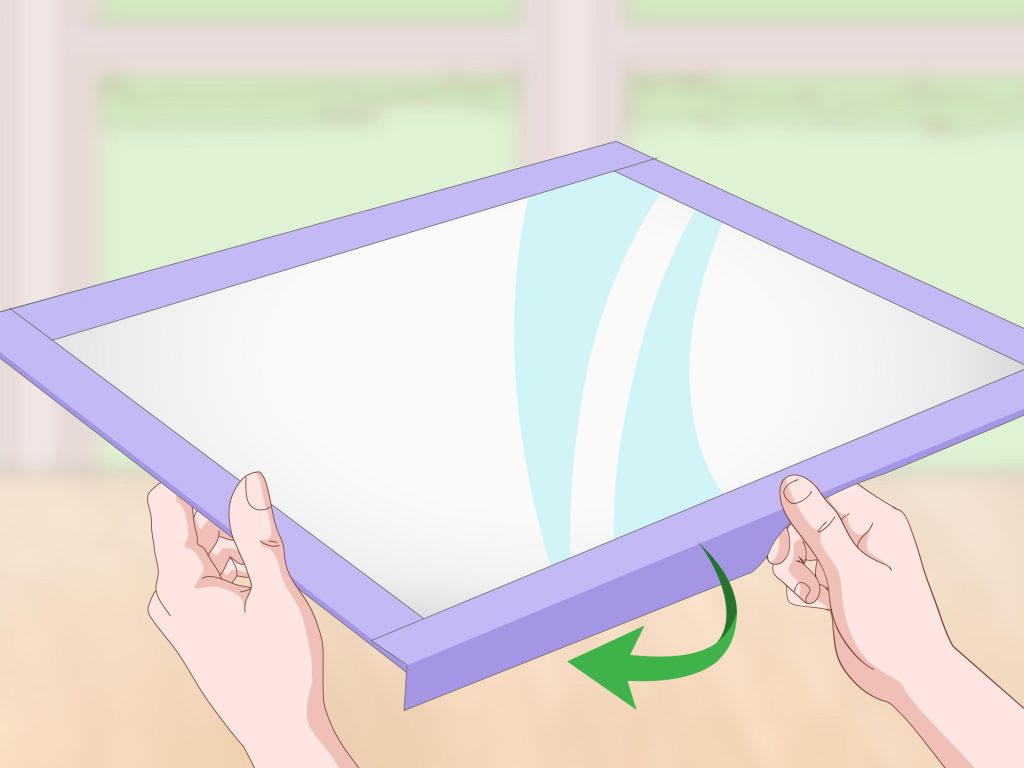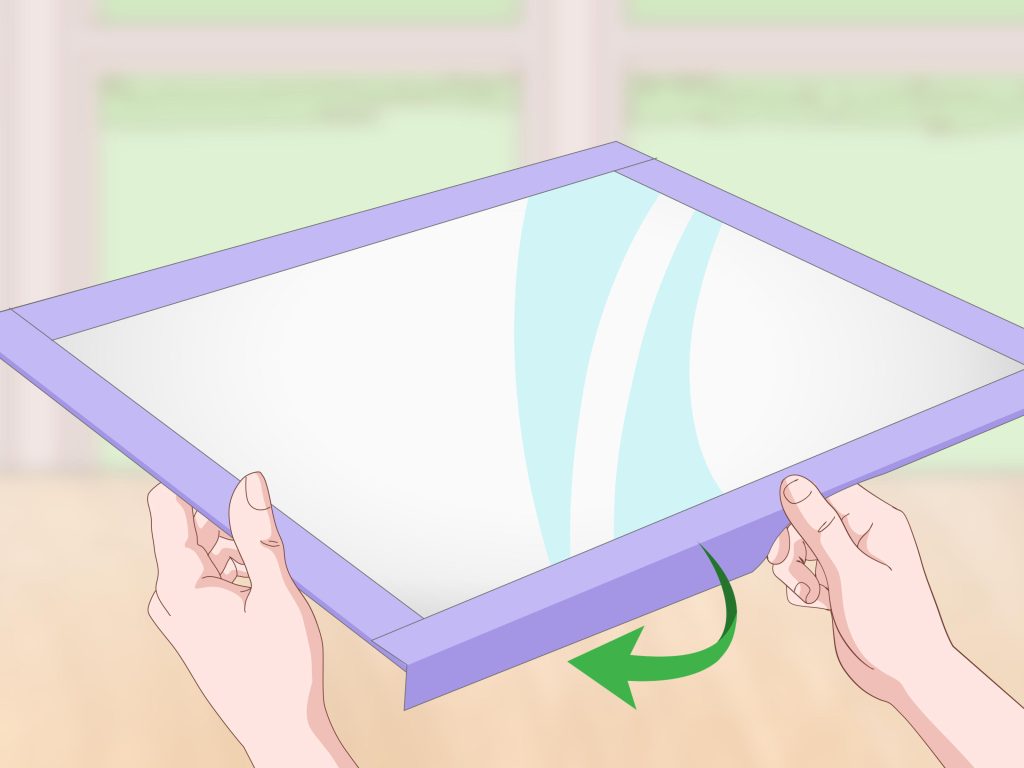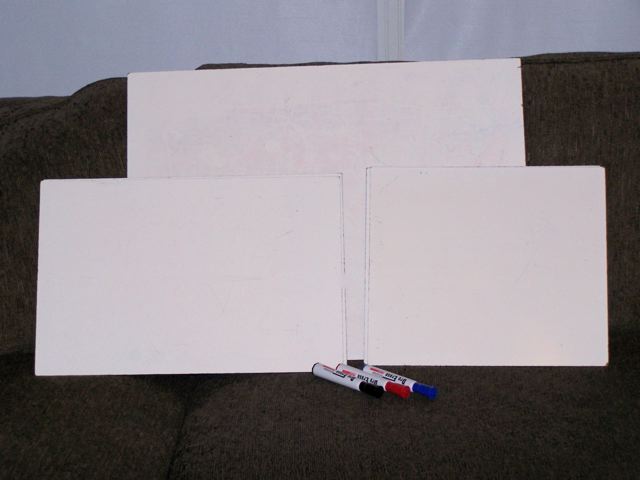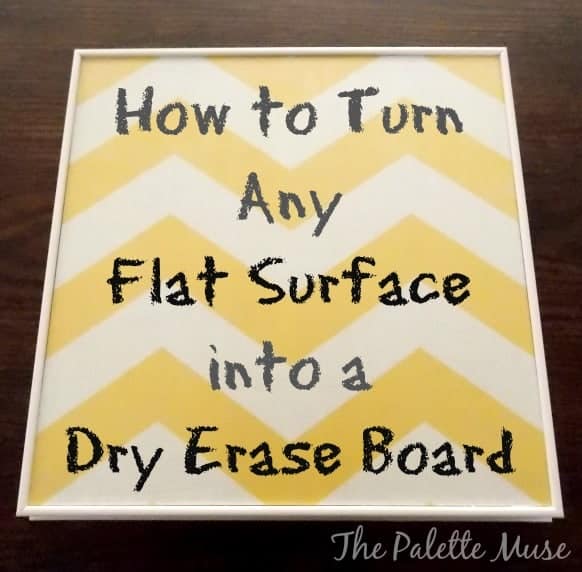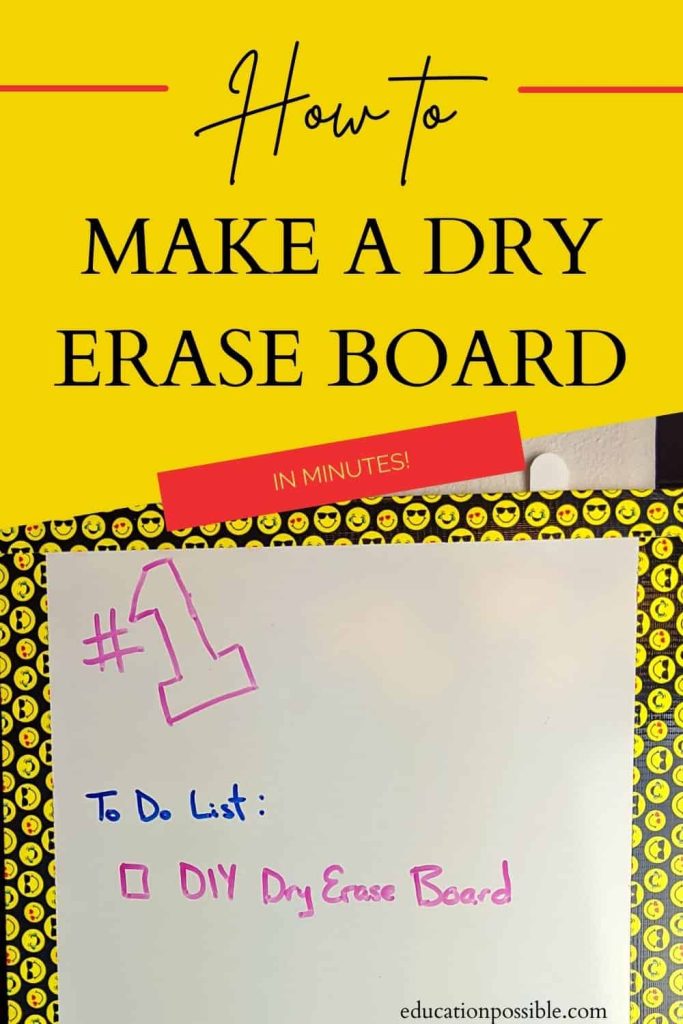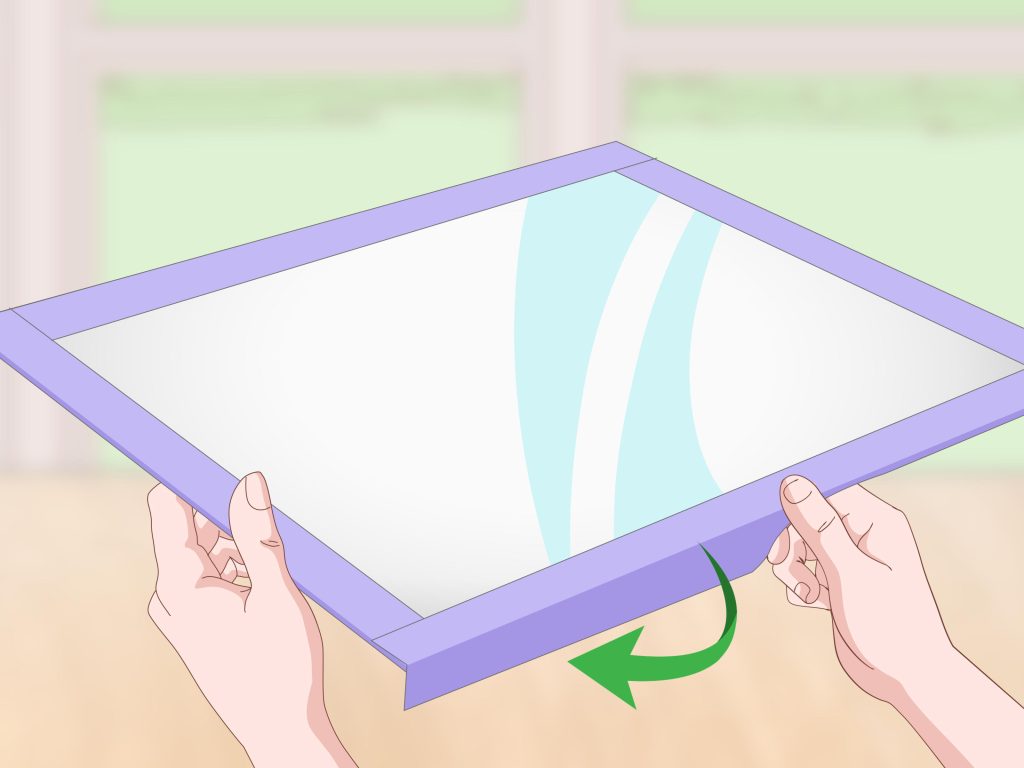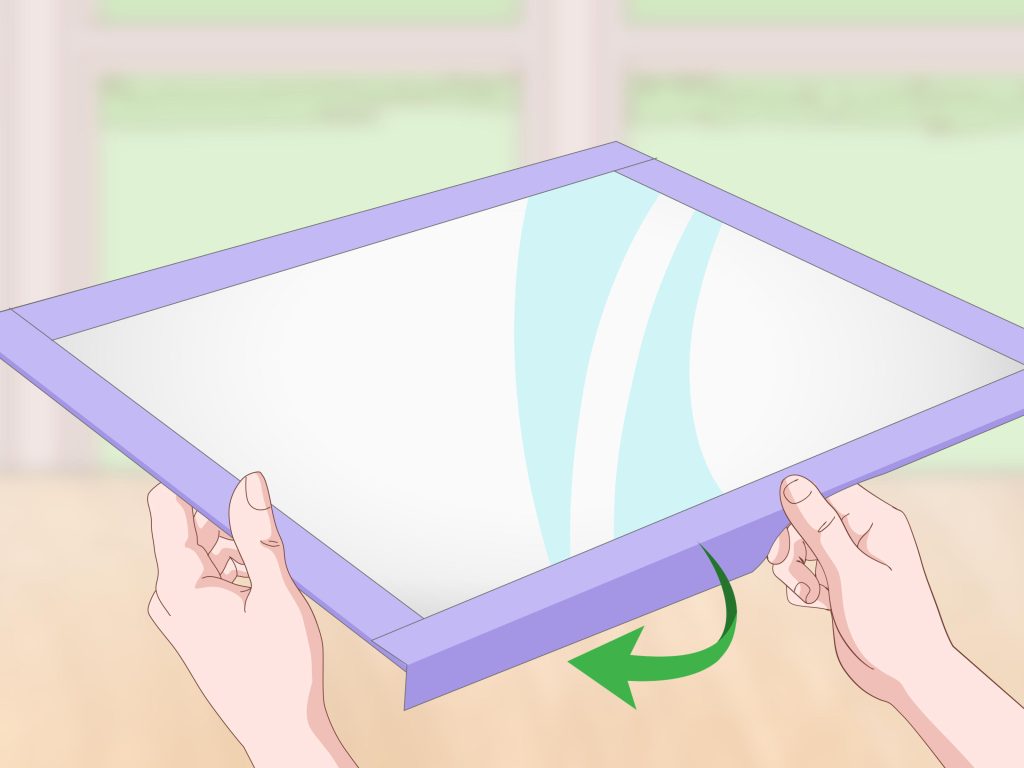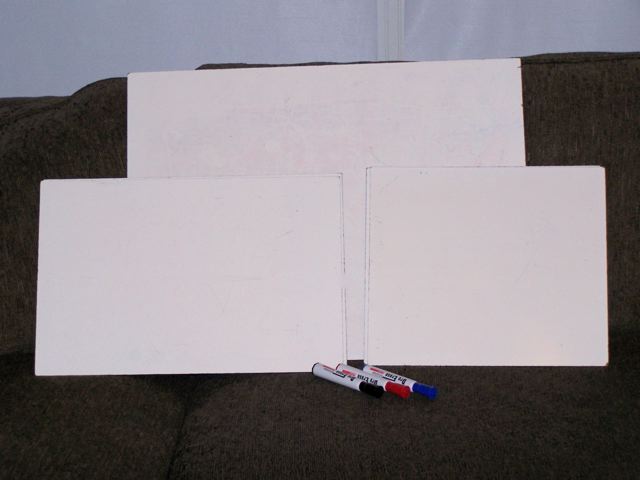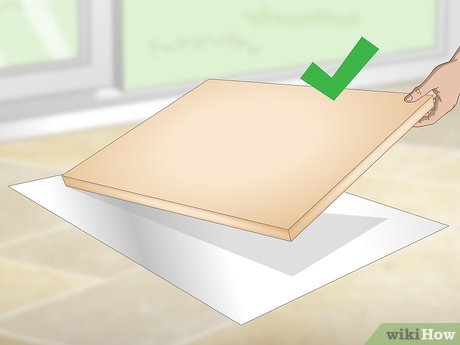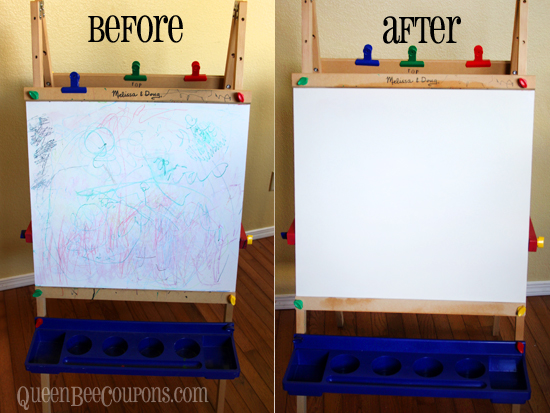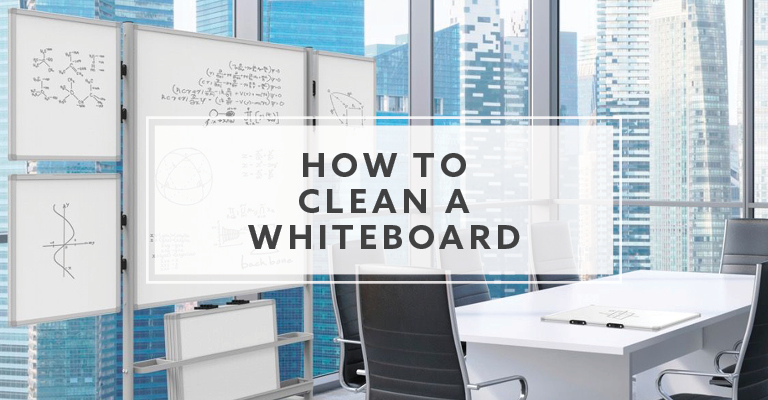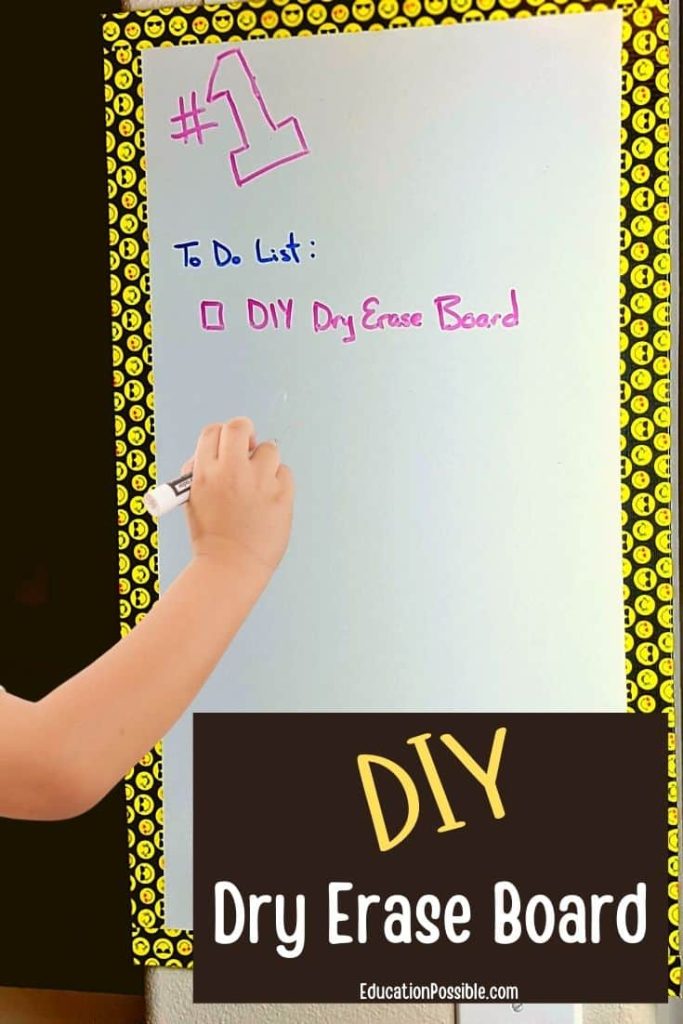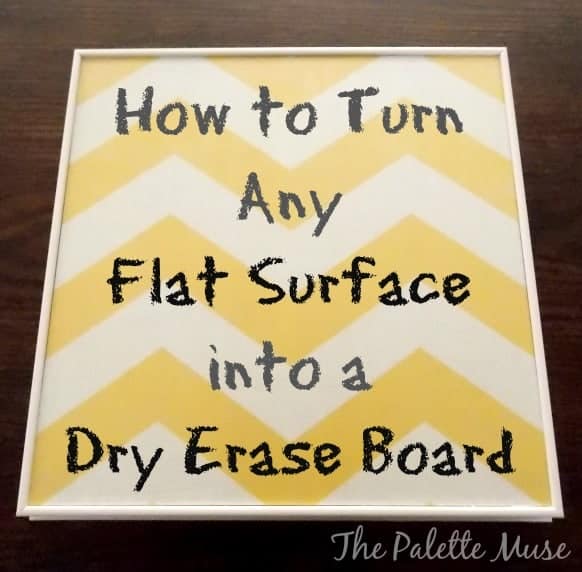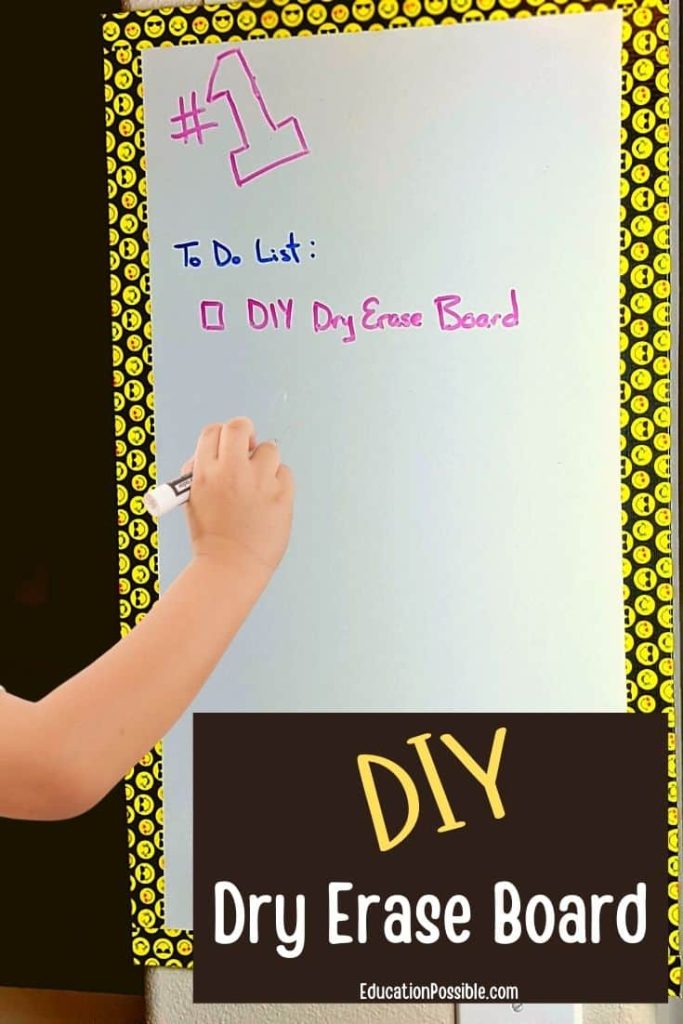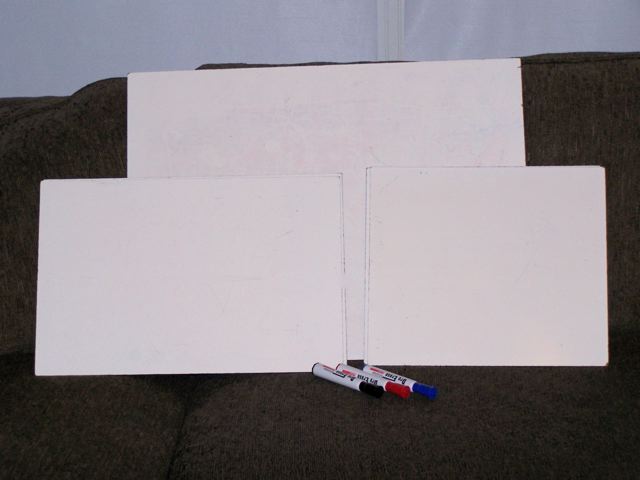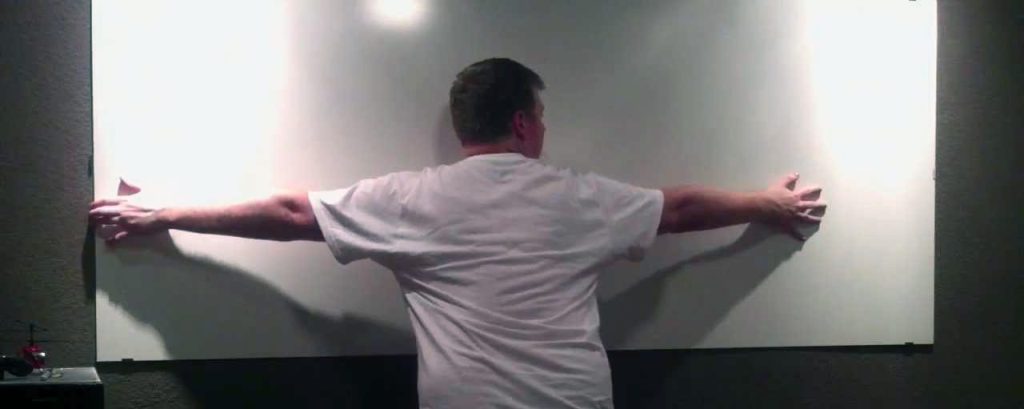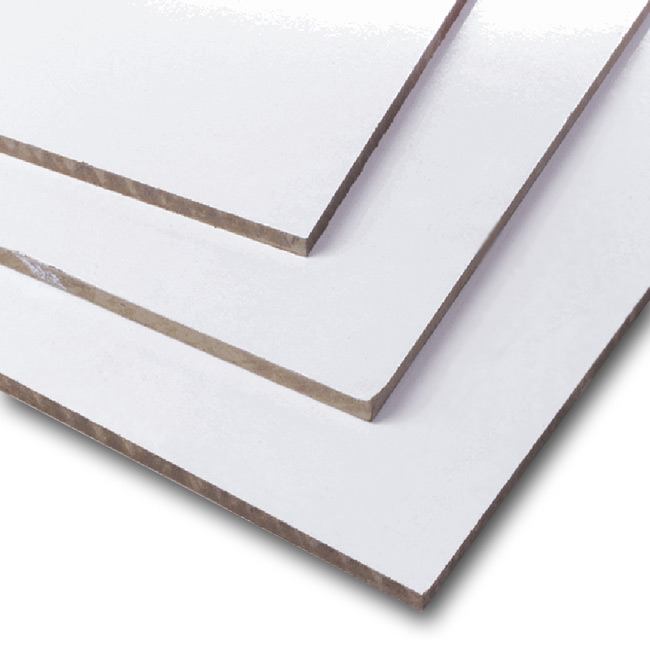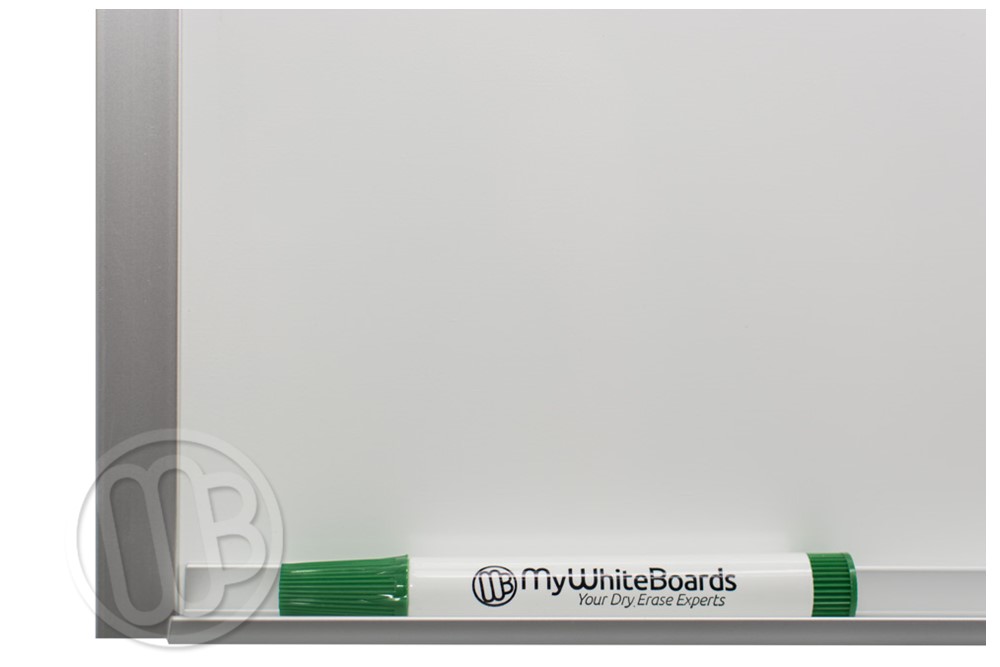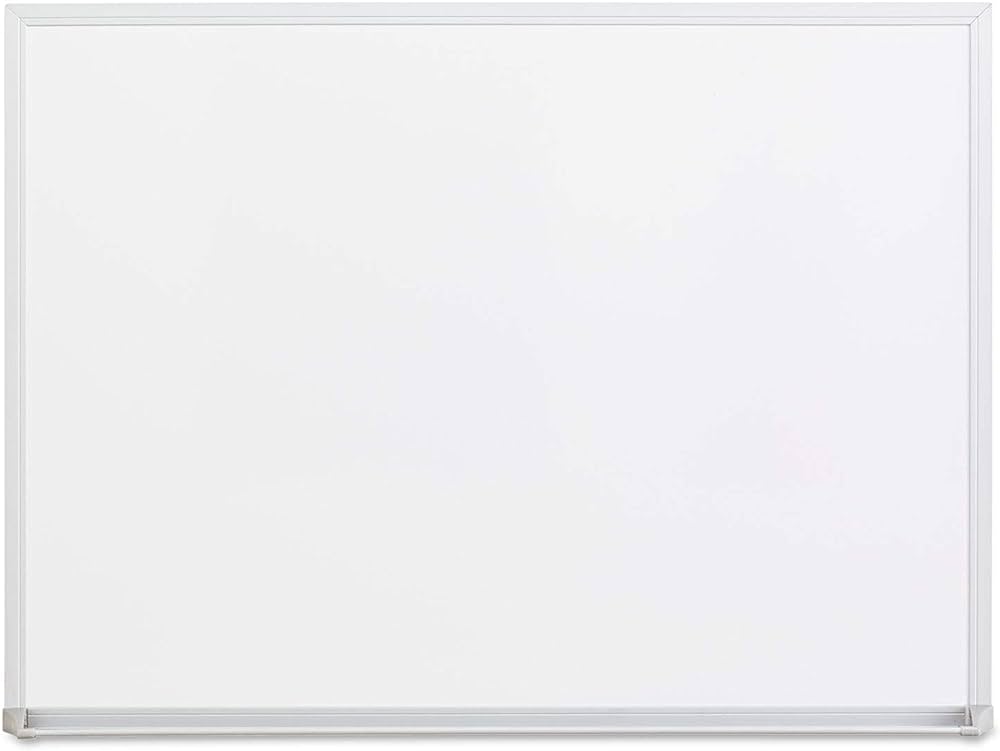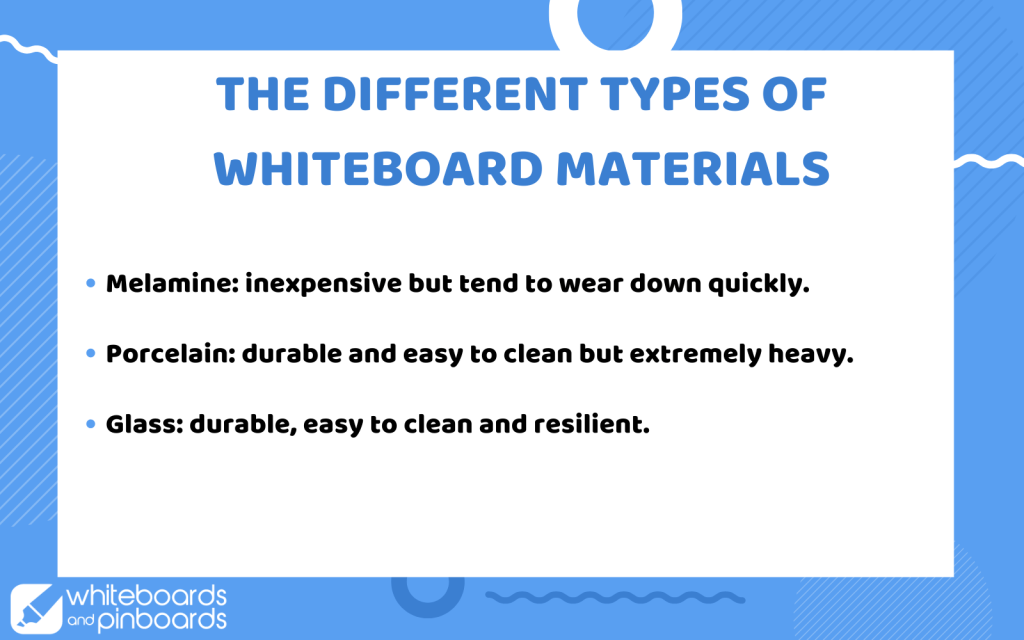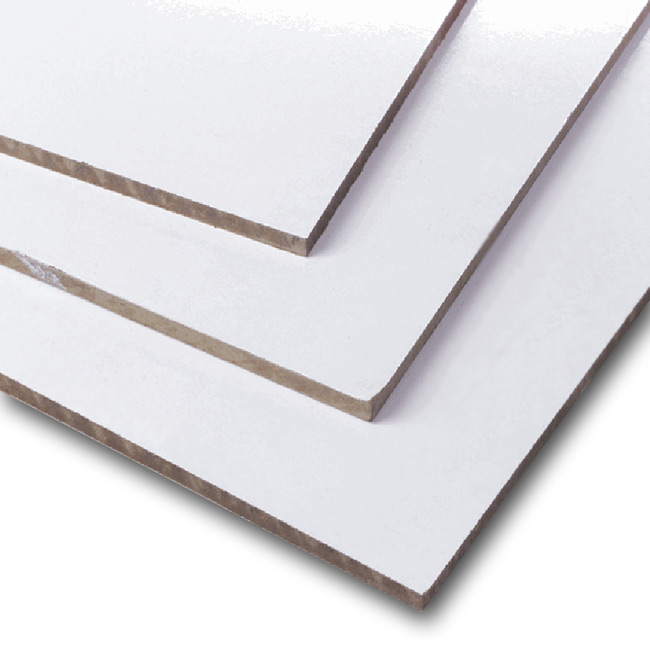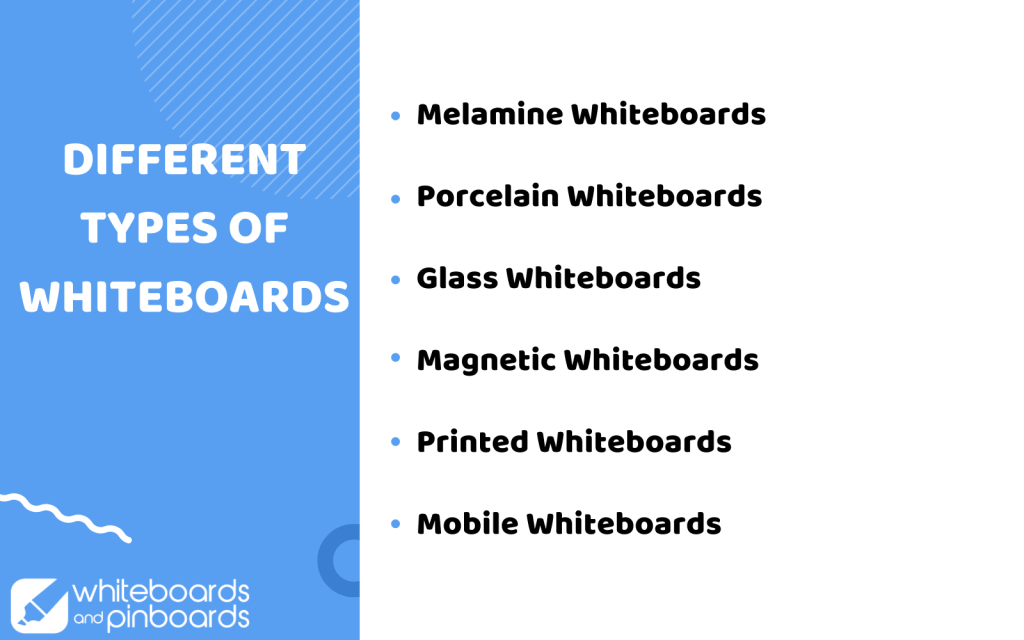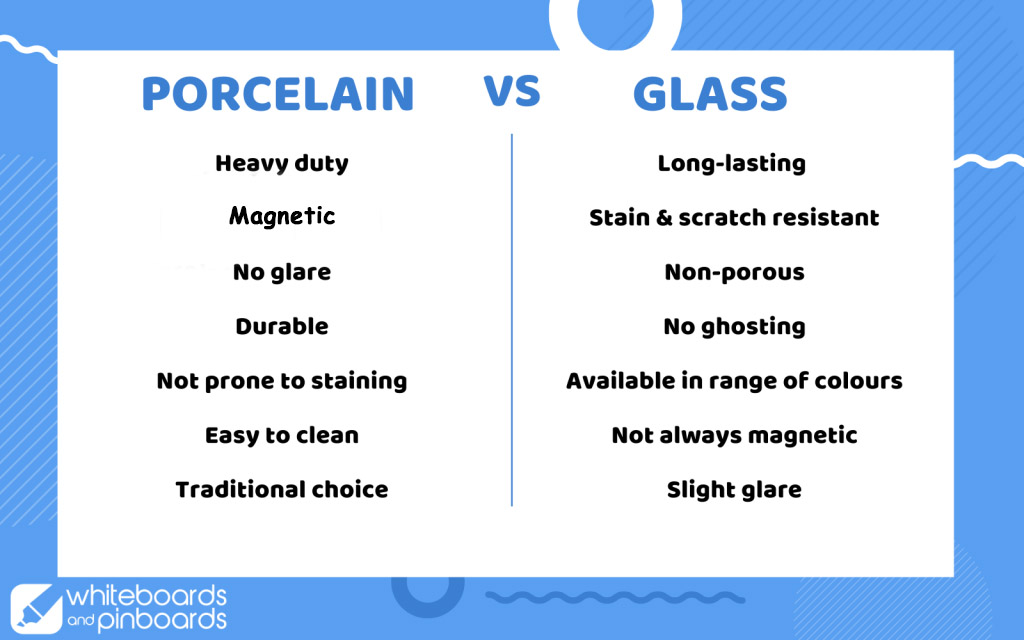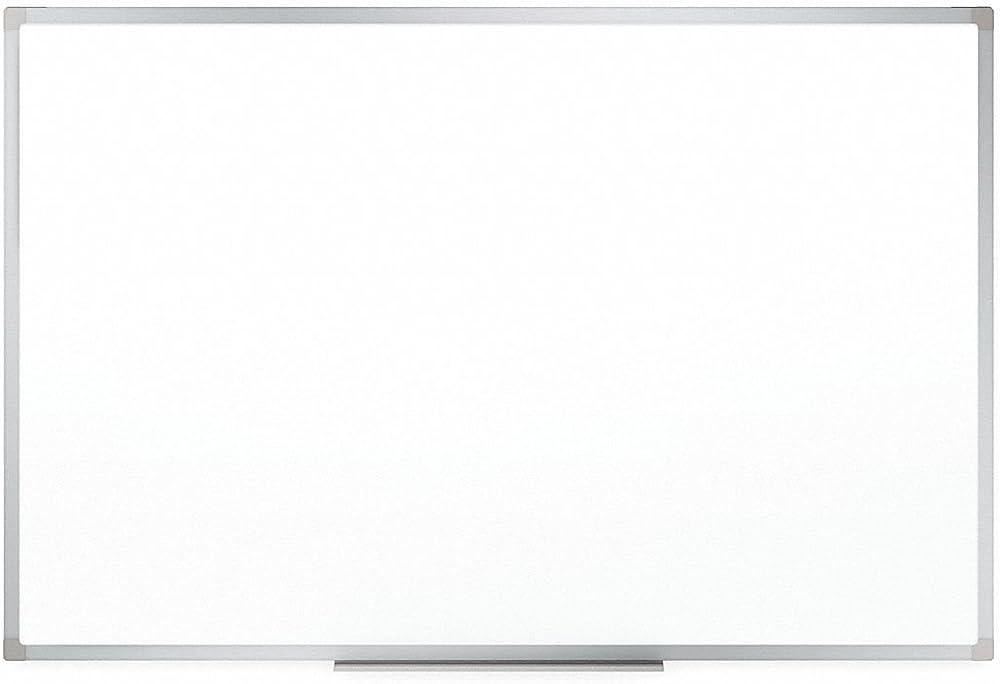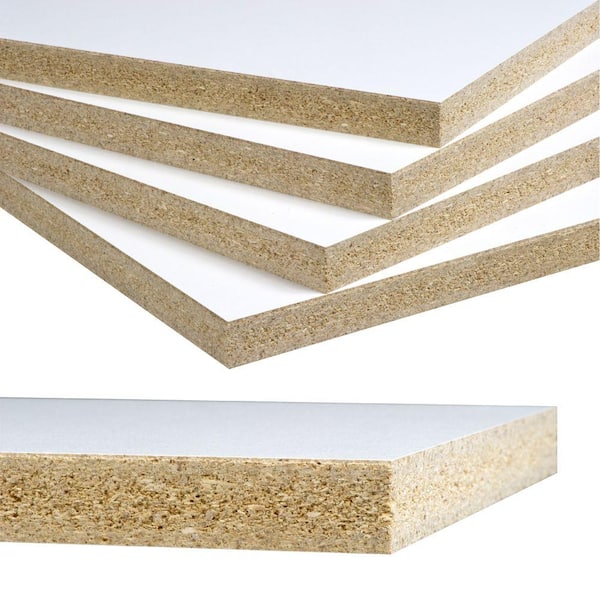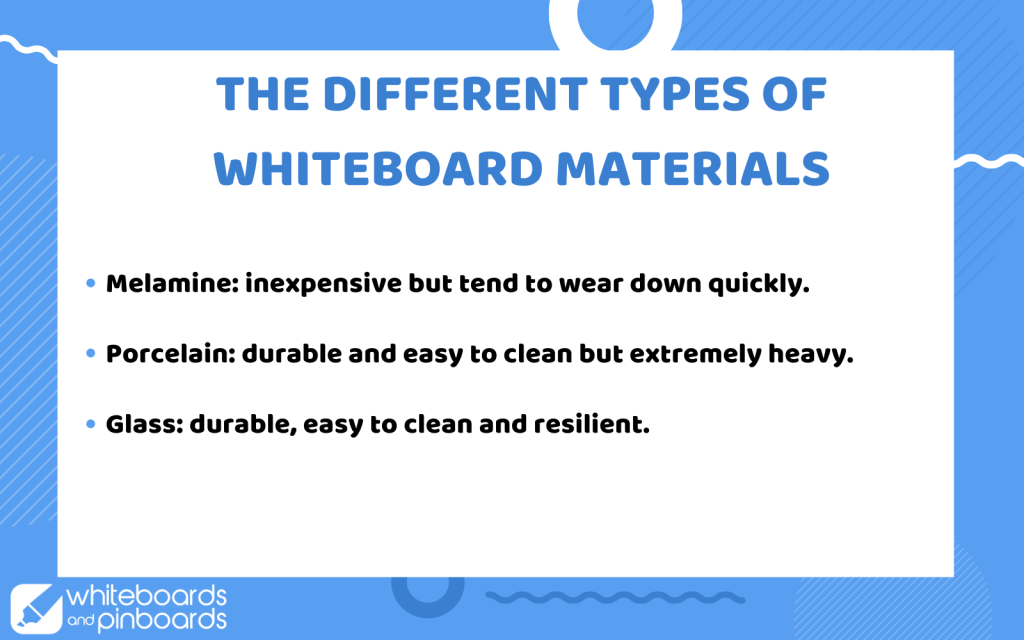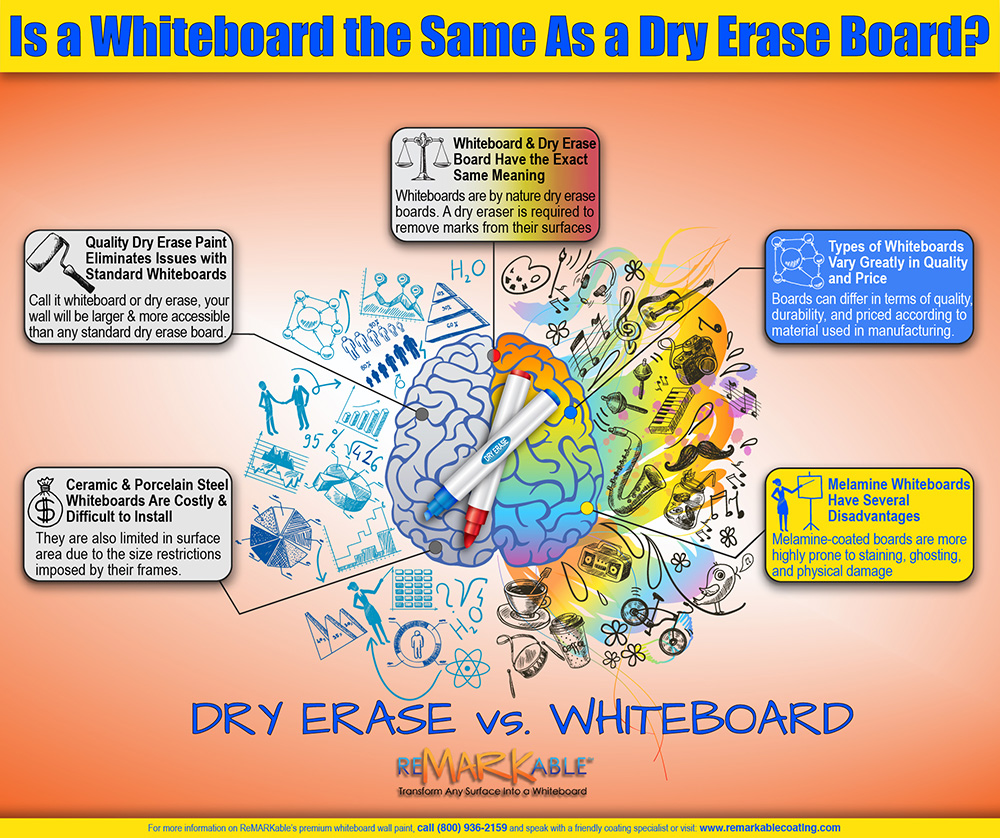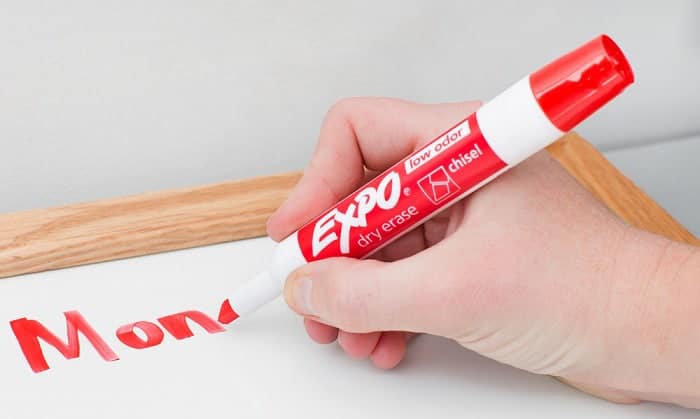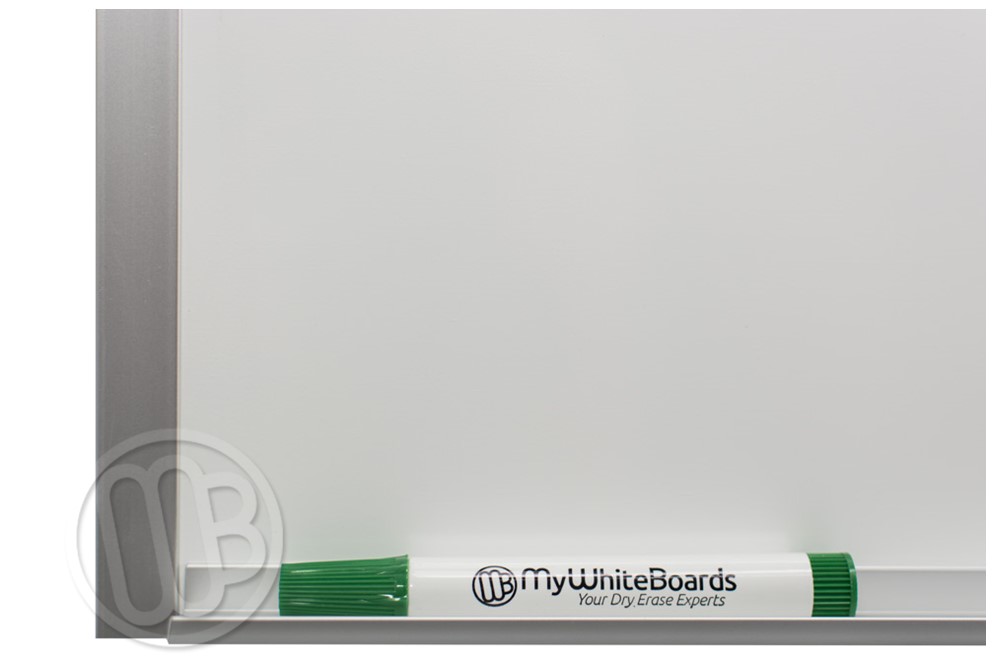Create Your Own Customizable Dry Erase Board
So you’re in need of a dry erase board that perfectly suits your needs? Look no further! With our simple guide, you’ll learn how to create your own customizable dry erase board. Whether you need a small-sized board for personal use or a large one for presentations, we’ve got you covered. Say goodbye to standard, generic boards and say hello to a custom solution that will make your life easier and more productive. Get ready to unleash your creativity and design a dry erase board that is uniquely yours!
Choosing the Right Size
Consider the Space Available
When choosing a dry erase board, it’s important to consider the amount of space you have available. You need to make sure that the board will fit comfortably in the location you have in mind. Measure the wall or surface where you plan to mount the board and consider how much wall space you can dedicate to it. You don’t want to end up with a board that is too large for the space or, on the other hand, one that is too small and doesn’t serve its purpose effectively.
Determine the Purpose
Another factor to consider when choosing the right size for your dry erase board is its purpose. Are you planning to use it for personal use in your home office or as a teaching tool in a classroom setting? The intended purpose of the board will often dictate the size you should choose. For personal use, a smaller board may be suitable, while a larger board may be necessary for group presentations or classrooms where visibility from all angles is important.
Evaluate the Audience
The audience that will be using the dry erase board is also an important consideration. If you are purchasing the board for a classroom or conference room, you will need to ensure that it is large enough to be visible to everyone in the room. On the other hand, if the board is intended for personal use, a smaller size may be sufficient. It’s important to evaluate the needs of the audience in order to choose a size that will accommodate everyone’s viewing requirements.
Select the Size Accordingly
Once you have considered the space available, determined the purpose, and evaluated the audience, you can then select the dry erase board size that best fits your needs. Remember to take into account the dimensions of the board, ensuring it will fit comfortably in the space you have available. By choosing the right size, you can ensure that your dry erase board will be functional and effective for its intended use.
Deciding on the Material
Consider Durability
When it comes to choosing a material for your dry erase board, durability is a key factor to consider. You want a board that will withstand regular use without wearing down or becoming damaged. Look for boards that are made from high-quality materials such as porcelain, tempered glass, or melamine. These materials are known for their durability and can withstand the test of time, making them a reliable choice for a long-lasting dry erase board.
Look for Smooth Surface
In addition to durability, it’s important to choose a dry erase board with a smooth surface. A smooth surface allows markers to glide across the board effortlessly, making writing and erasing a seamless process. A rough or textured surface can cause markers to skip or drag, resulting in a frustrating experience. Smooth surfaces are also easier to clean, as they don’t trap ink or residue like rough surfaces do. So, when considering the material for your dry erase board, make sure you choose one with a smooth surface for optimal performance.
Evaluate Stain Resistance
Stain resistance is another important factor to consider when deciding on the material for your dry erase board. You want a board that will resist stains and ghosting, as this can affect the readability and visibility of your writing. Porcelain and tempered glass boards are known for their excellent stain resistance properties, as they are non-porous and don’t absorb ink like other materials. melamine boards, while less resistant to staining, can still offer decent stain resistance if properly cared for. Consider the level of stain resistance you require and choose a material accordingly.
Consider Magnetic Properties
If you plan on using magnetic accessories with your dry erase board, it’s important to choose a material that is magnetic receptive. Porcelain and tempered glass boards are naturally magnetic receptive, allowing you to easily attach magnetic accessories such as markers, erasers, and document holders. If you prefer a melamine board, you can still achieve magnetic capabilities by selecting one that has a magnetic receptive backing. The magnetic properties of the board can greatly enhance its functionality, so it’s worth considering when choosing the material.
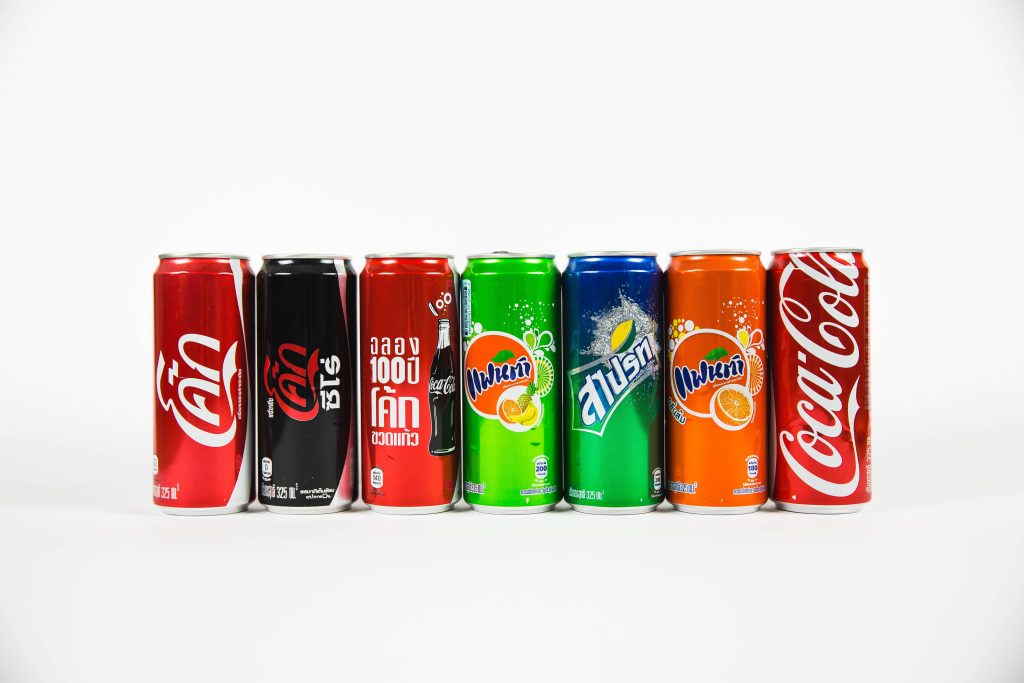
Exploring Different Styles
Traditional Whiteboard
The traditional whiteboard is a classic option that has been used in various settings for many years. It features a clean, white surface that provides a stark contrast to the markers, making your writing highly visible. Traditional whiteboards are available in a range of sizes and materials, allowing you to choose one that suits your needs. They can be mounted on the wall or placed on an easel for portability. This style of dry erase board is versatile and widely used in classrooms, offices, and other professional settings.
Colored Dry Erase Board
For a more vibrant and eye-catching option, a colored dry erase board might be the perfect choice. These boards are available in a variety of colors, allowing you to match your board to your room’s decor or simply add a pop of color to your space. Colored dry erase boards can be useful in classrooms, where different colors can be used to represent different topics or subjects. They can also be a fun addition to children’s playrooms or creative spaces, encouraging artistic expression and imagination.
Framed Whiteboard
If you prefer a more stylish and decorative option, a framed whiteboard might be the perfect fit for your space. These boards feature a sleek frame around the edge, adding a touch of elegance and sophistication to your dry erase board. The frame can be made from various materials such as wood, aluminum, or plastic, allowing you to choose one that complements your room’s aesthetic. Framed whiteboards are often used in boardrooms, executive offices, or home offices where style and functionality go hand in hand.
Glass Dry Erase Board
For a modern and sleek look, a glass dry erase board is an excellent choice. These boards offer a sophisticated appearance with their smooth, glossy surface. Glass dry erase boards are highly durable and resistant to stains, making them a popular option for professional settings. They can be wall-mounted or freestanding, and some even come with magnetic properties, allowing for versatile use. Glass dry erase boards can elevate the aesthetic of any room and add a touch of elegance to your workspace.
Available Customization Options
Dry Erase Markers
Customizing your dry erase board starts with choosing the right markers. Consider the purpose of your board and the type of writing or drawing you will be doing. Fine tip markers are great for detailed work and small handwriting, while chisel tip markers are ideal for creating bold lines and large text. You can also find markers in a variety of colors, allowing you to add visual interest and make your board more engaging. Some markers are even designed to be low odor, making them ideal for classrooms or other enclosed spaces.
Magnetic Accessories
Adding magnetic capabilities to your dry erase board opens up a world of possibilities. Magnetic accessories such as document holders, clipboards, and note holders can be easily attached to the board, enhancing its functionality. Magnetic markers and erasers can also be conveniently stored on the board, ensuring they are always within reach. These accessories can help you stay organized, keep important documents or notes easily accessible, and make your board more versatile.
Custom Print Designs
If you want to take your customization to the next level, consider adding custom print designs to your dry erase board. This allows you to personalize the board with your own artwork, logo, or branding. Think about the design you want to showcase on your board and choose the printing method accordingly. Vinyl printing is a popular choice as it provides a vibrant and durable finish. You can have your design printed directly onto the board or opt for a removable vinyl decal that can be easily applied and removed as desired.
Movable Wall Mounts
If you prefer the flexibility of being able to move your dry erase board around, consider mounting it on a movable wall mount. These mounts allow you to easily slide the board along tracks, repositioning it as needed. This can be particularly useful in large classrooms or offices where different groups may need to use the board at different times. Movable wall mounts also make it easier to clean behind the board and access the wall for maintenance or repairs.
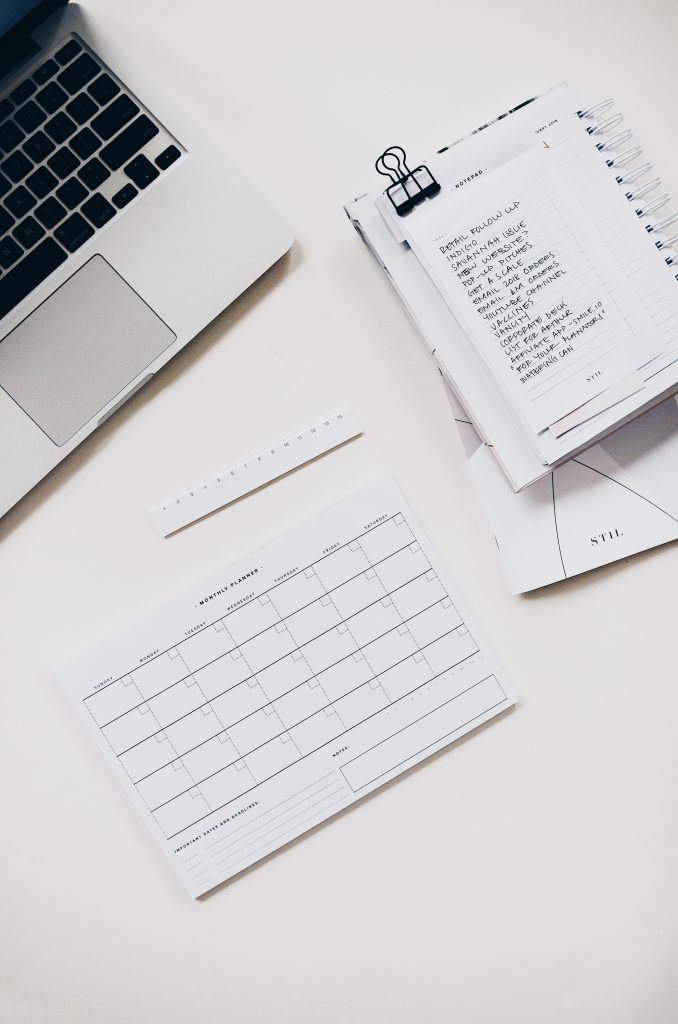
Preparing the Surface
Clean the Surface
Before applying your dry erase board, it’s important to ensure that the surface is clean and free of dust, dirt, or any other debris. Use a mild detergent or cleaning solution to thoroughly clean the surface and remove any residue. This will ensure proper adhesion of the board and prevent any imperfections or bubbles from forming.
Smooth Out Imperfections
If the surface you are applying your dry erase board to has any imperfections such as bumps or rough patches, it’s important to smooth them out before installation. Sand down any rough areas and fill in any gaps or holes with spackling paste. Once the surface is smooth and even, you can proceed with the installation process.
Apply Primer or Sealer
If you are applying your dry erase board to a porous surface such as wood or drywall, it’s a good idea to apply a primer or sealer before installation. This will help create a smooth and even surface, ensuring proper adhesion of the board. Follow the manufacturer’s instructions for the specific primer or sealer you are using, and allow it to dry completely before proceeding.
Ensure Proper Adhesion
To ensure that your dry erase board stays securely in place, make sure to follow the manufacturer’s instructions for installation. Use the recommended adhesive or mounting hardware and ensure that it is applied evenly and securely. Double-check that the board is level and firmly attached to the surface before using it.
Choosing the Right Markers
Consider the Purpose
When choosing the right markers for your dry erase board, consider the purpose of the board. Are you using it for presentations, planning, or writing down important notes? Different markers have different characteristics that make them suitable for specific purposes. Fine tip markers are great for detailed writing or drawing, while bullet tip markers are ideal for bold lines and large text. Consider the type of writing or drawing you will mainly be doing on the board and choose markers accordingly.
Evaluate the Ink Quality
The quality of the markers’ ink is also an important consideration. Look for markers that have vibrant, bold colors that are easy to see from a distance. The ink should be smooth and consistent, without any streaking or smudging. Low odor markers are also a good option, especially if you will be using the board in a small, enclosed space like a classroom or office. Test out different markers and read reviews to ensure that the ink quality meets your expectations.
Look for Easy Erasability
One of the key features of a dry erase board is the ability to easily erase the writing or drawings. When choosing markers, look for ones that are easily erasable, leaving no trace behind. Some markers are designed to be quick-drying, allowing for immediate erasing without smudging. It’s also important to consider the eraser you will be using. Invest in an eraser that is specifically designed for dry erase boards and is capable of removing ink without leaving streaks or residue.
Choose the Right Color
Lastly, consider the color of the markers you choose. Different colors can be used to create visual interest, categorize information, or add emphasis to certain points. Black markers are commonly used for writing basic text, while red markers can be used to highlight key information or draw attention to important details. Green and blue markers are often used for additional notes or text. Consider the color-coding system you want to implement and choose markers that align with your color preferences.

Adding Magnetic Capabilities
Evaluate the Material
To determine whether your dry erase board can be turned into a magnetic board, evaluate the material it is made of. Porcelain and tempered glass boards are naturally magnetic receptive, meaning that magnets will adhere to their surface. If you have a melamine board, consider purchasing a magnetic receptive backing that can be applied to the board. Assess the material of your board and its compatibility with magnets before proceeding with adding magnetic capabilities.
Apply Magnetic Sheeting
To add magnetic capabilities to a dry erase board that is not naturally magnetic, you can apply magnetic sheeting. Magnetic sheeting is a flexible material that contains small magnets embedded within it. Cut the magnetic sheeting to the size of your board and apply it directly to the surface. The magnets within the sheeting will create a magnetic field that allows you to attach magnetic accessories to the board.
Use Magnetic Paint Primer
Another option for adding magnetic capabilities is magnetic paint primer. This special paint contains iron particles that make the surface magnetic receptive. Apply the magnetic paint primer to the surface of your dry erase board according to the manufacturer’s instructions. Once dry, the paint will create a magnetic surface that allows magnets to adhere to the board. This method is particularly useful if you want the entire surface of your board to be magnetic.
Attach Magnetic Accessories
Once you have added magnetic capabilities to your dry erase board, you can start attaching magnetic accessories. Magnetic document holders, clipboards, and note holders can be easily attached to the board, providing convenient storage and organizational solutions. Magnetic markers and erasers can also be conveniently stored on the board, ensuring they are always within reach. The ability to easily attach and remove accessories enhances the functionality of your board and makes it more versatile for various uses.
Exploring Custom Print Designs
Decide on the Design
If you want to add a personal touch to your dry erase board, consider customizing it with a print design. The design you choose will depend on your preferences and the purpose of the board. You can opt for a simple logo or branding, a motivational quote, or an artistic pattern. Think about the overall look and feel you want to achieve and how the design will enhance the functionality and aesthetic of your board.
Choose the Printing Method
There are various printing methods available for custom print designs on dry erase boards. One popular option is vinyl printing. Vinyl printing involves printing the design onto a vinyl material with specialized ink. The vinyl is then applied to the surface of the dry erase board, creating a durable and vibrant finish. Another option is direct printing, which involves printing the design directly onto the surface of the board. This method provides a seamless and long-lasting design, but may have limitations in terms of color vibrancy and detail.
Print the Design on Vinyl
If you choose to go with vinyl printing, you will need to have your design printed onto the vinyl material. Seek the services of a professional printing company that specializes in vinyl printing. Provide them with the design you have chosen and any specific instructions or requirements you have. Once the vinyl print is ready, you can proceed with applying it to the surface of your dry erase board.
Apply the Design to the Board
Applying the vinyl design to your dry erase board requires careful attention to detail. Start by thoroughly cleaning the surface of the board and ensuring it is free of any dust or residue. Peel the backing off the vinyl print and carefully align it with the surface of the board. Smooth out any air bubbles or wrinkles, applying even pressure to ensure proper adhesion. Trim off any excess vinyl, and your custom print design is now successfully applied to your dry erase board.
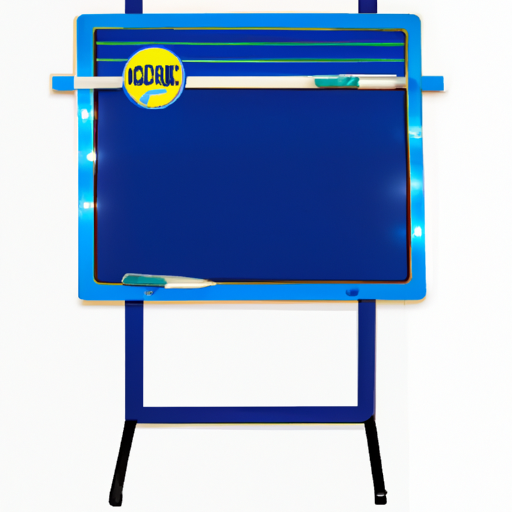
Mounting and Installation Options
Wall-Mounted
Wall-mounted dry erase boards are a popular choice for classrooms, offices, and conference rooms. They are typically installed directly onto the wall using screws, brackets, or mounting hardware. Wall-mounted boards offer a permanent and secure solution, allowing for easy access and visibility. They are ideal for situations where the board needs to be in a fixed location and readily available for use.
Freestanding
Freestanding dry erase boards offer more flexibility in terms of positioning. These boards come with a stand or easel that allows them to be placed on any flat surface. Freestanding boards are often used in classrooms, trade shows, or presentations, where portability is important. They can be easily moved around and adjusted to achieve optimal visibility for the audience.
Movable Mounts
For ultimate flexibility, consider using movable mounts for your dry erase board. These mounts are installed on tracks, allowing the board to be easily slid from one location to another. Movable mounts are useful in large classrooms or offices where different groups may need to use the board at different times. They offer the advantage of being able to reposition the board without the need for additional installation or drilling.
Cabinet-Style Mounts
If you prefer a more discreet and organized look, consider using a cabinet-style mount for your dry erase board. These mounts come with a built-in cabinet that can be used to store markers, erasers, and other accessories. The cabinet-style mount helps keep the board and its accessories neatly organized and easily accessible. This option is particularly useful in offices or spaces where maintaining a clutter-free environment is important.
Maintaining and Cleaning the Board
Regularly Erase the Board
To keep your dry erase board in optimal condition, it’s important to regularly erase the board after each use. Leaving markings on the board for an extended period of time can lead to staining or ghosting. Use a dry erase board eraser or a soft, lint-free cloth to erase the markings in a gentle sweeping motion. Avoid using excessive force as this can damage the surface and impair its erasability.
Use Appropriate Cleaning Solutions
In addition to regular erasing, it’s important to occasionally clean the surface of your dry erase board to remove any residue, ghosting, or stubborn stains. Use a mild cleaning solution specifically designed for dry erase boards, or create your own by mixing a small amount of vinegar with water. Apply the cleaning solution to a soft cloth or sponge and gently wipe the surface in a circular motion. Rinse the cloth or sponge with clean water and repeat the process to remove any remaining residue. Avoid using harsh chemicals or abrasive cleaners as they can damage the surface of the board.
Avoid Using Abrasive Materials
When cleaning your dry erase board, it’s crucial to avoid using abrasive materials or scrubbing too forcefully. Scratching the surface of the board can compromise its erasability and create an uneven writing surface. Stick to soft cloths, sponges, or erasers specifically designed for dry erase boards. If there are stubborn stains that cannot be removed with gentle cleaning, consider using a melamine foam eraser or isopropyl alcohol as a last resort. Always test any cleaning methods on a small, inconspicuous area of the board first to ensure they do not cause damage.
Prevent Permanent Stains
To prevent permanent stains on your dry erase board, it’s important to address potential stains and residue as soon as they occur. Avoid leaving ink or markings on the board for an extended period of time, as they can become more difficult to remove over time. If you accidentally use a permanent marker on your dry erase board, there are specialized marker removers available that can help save your board. However, prevention is always better than a cure, so be vigilant and erase markings promptly to maintain the longevity and functionality of your board.
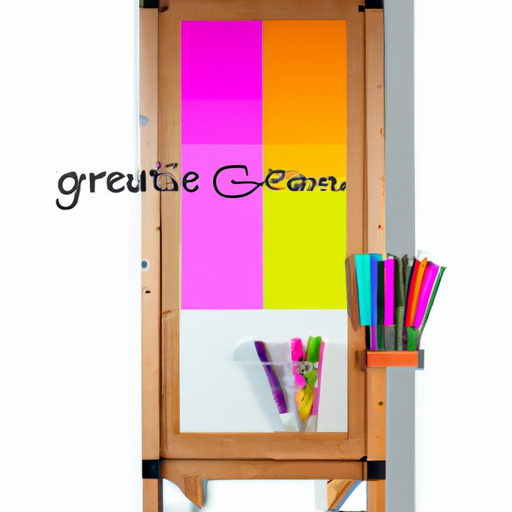
Create Your Own Customizable Dry Erase Board Read More »





